East German / DDR AKs – The Best In The World? Part 2: Quality

In part one of this series, I wrote about the history of DDR AKs which by many are regarded as the best in the world. In this part of the article, I will describe some experiences I had when I repaired those guns in Iraq and Afghanistan.
Primarily I had to deal with MPI-KMs, the folding stock version of East German AKM, which is not surprising since it was one of the most exported DDR AKs that can be found almost anywhere.
From the beginning, I knew about the reputation of DDR AKs, had high expectations, and was carefully looking at tool marks, finish, and overall build quality. So here are my thoughts about the excellence of East German AK.
Fragile plastic parts
DDR AKs were among the first that got plastic handguards, pistol grips, and stocks. And when you’re the first to do something, it is never perfect. And it wasn’t in this case, so I replaced hundreds of those plastic parts on DDR AKs.
I don’t know how they tested those parts during the R&D process, or maybe this plastic somehow degraded after 30 years, but every time I saw East German serial numbers on the weapon list of the incoming inspection, I knew I had to bring a ton of spare pistol grips and handguards.
I was really glad we had primarily folding stock guns, cause at least I didn’t have to carry a ton of heavy wooden stocks to replace “pebble grain” plastic stocks.
Finish and rusting
In the late 50s, with the introduction of AKM, the Soviet arms factories switched to a primitive but effective finishing technology: phosphating with “lacquer paint”, which is used to this day at the factory in Izhevsk.
The East German factories were a bit more conservative and decided to stick to hot bluing. There are also rumors that the Soviets wanted to charge a lot of money for the ToT of their surface finish technology, and that is why East German factories went with the proven technology that they already had.
Almost every time I had to deal with DDR AKs, I had to clean out rust. I don’t mind it, it is a pretty satisfying process, but the shortcomings of hot bluing were evident.
I completely refinished a bunch of rifles to fix the problem. Sometimes rusting was so severe I just wanted to smack the guy who allowed his gun to become so rusty that it seemed that a new life form would soon emerge from the receiver.
Most of the time it was just a surface rust, so it wasn’t a big deal, but perhaps there is a reason East German factories switched to a different finish later on with their AK-74 variant. There were also reports about painted MPi-KM rifles, but unfortunately, I’ve never encountered those.
A friend of mine did not believe me when I described those rusting problems. One day we decided to film a video about DDR AKs and he borrowed someone’s AK collection for a week. A couple days later he called me in a panic asking: “Hey man, I left the guns overnight in my glass terrace, and now they have rust spots. I am sorry buddy, you’re right about the finish”. He rubbed some oil on the rust spots and returned the collection to the owner, and I learned two things from it: first, be careful when you are lending your gun collection to someone, and second, even with a perfect condition finish, hot bluing on DDR AKs isn’t very rust-resistant.
Overall quality
The build quality of DDR AKs is excellent. I’ve never seen one with smashed or out-of-spec rivets, a wobbling barrel, or trunnion, or a broken bolt. It is good, just the way it should be.
But there was nothing exceptional about this quality. Plenty of tool marks, many broken front sights, a lot of broken folding stocks and sometimes you would find rifles with excess headspace. So, DDR AKs were much better compared to a lot of other guns from other countries but weren’t really above and beyond when it comes to quality.
But why?
Cause the quality of the products doesn’t depend solely on where it is made or what passports the workers at the factory have. The quality comes from an efficiently run manufacturing process, components that are in spec, good machines, and a hundred other things that can be a hit or miss regardless of your geographical location.
In the same way, Soviet and Russian guns aren’t perfect just because they were made by the original manufacturer, DDR AKs weren’t perfect because the workers spoke German and loved sauerkraut. DDR AKs were built to a standard, but there was no incentive to go above and beyond once that standard was met. The factory was not a custom gunsmith that could charge double for handcrafted guns.
Overall, if you change the handguard and pistol grip on the DDR AK and refinish the gun, it would be one of the best, most durable, and dependable AKs you can find. And while East Germany ceased to exist 35 years ago, I am sure those guns will be used even when nobody would remember what East Germany was.

Vladimir Onokoy is a small arms subject matter expert and firearms instructor. Over the years he worked in 20 different countries as a security contractor, armorer, firearms industry sales representative, product manager, and consultant. His articles were published in the Recoil magazine, Small Arms Review, Small Arms Defence Journal, Overt Defense and Silah Report. He also contributed chapters to books from the "Vickers Guide: Kalashnikov" series. Email: machaksilver at gmail dot com Instagram: https://www.instagram.com/vladonokoy/ YouTube: https://www.youtube.com/user/machaksilver
More by Vladimir Onokoy










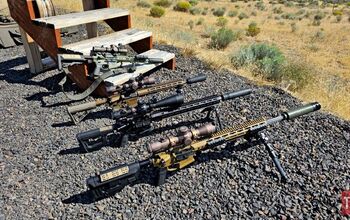
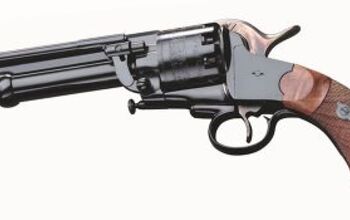





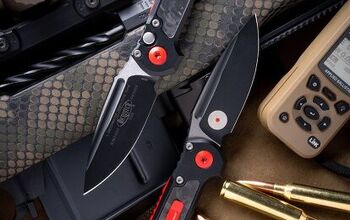


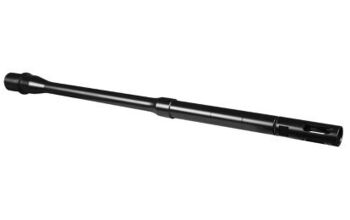

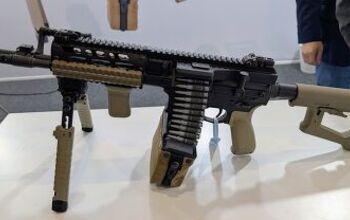

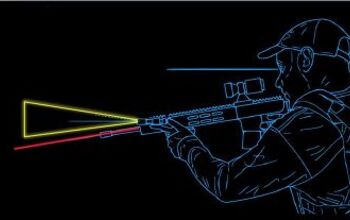


Comments
Join the conversation
The nicest AK I found in Iraq (OIF, 2003) was a mystery; it was a milled receiver AK-47, with only one marking that I could find, and it was a small, stamped CZ logo on the receiver, it was hot-blued (not parkerized or varnished), rather heavy, had a barrel threaded directly to the receiver (which is why I couldn't smuggle it out of the country; couldn't get that barrel off), and it absolutely, positively, was NOT a Vz.58 (I used to own one, and I know the difference).
I wondered at the time (and since) if it was a "sneak" that was produced off the books for export purposes. For example, there was a bunch of FN pistol clones that were imported into the US a few years ago that were made without markings, supposedly by the Czechs, who had a long relationship with FNH since the 20's that I suspect continued in secret during the Cold War. Perhaps it was an early AK-47 prototype built by the Czechs for T&E when they were developing the Vz.58? It was the most beautiful AK-47 I've ever handled (and I've handled quite a few as a gunsmith and machinist), and it was a real shame that I had to abandon it.
Looks like not only Lego has problems with brittle brown pieces.